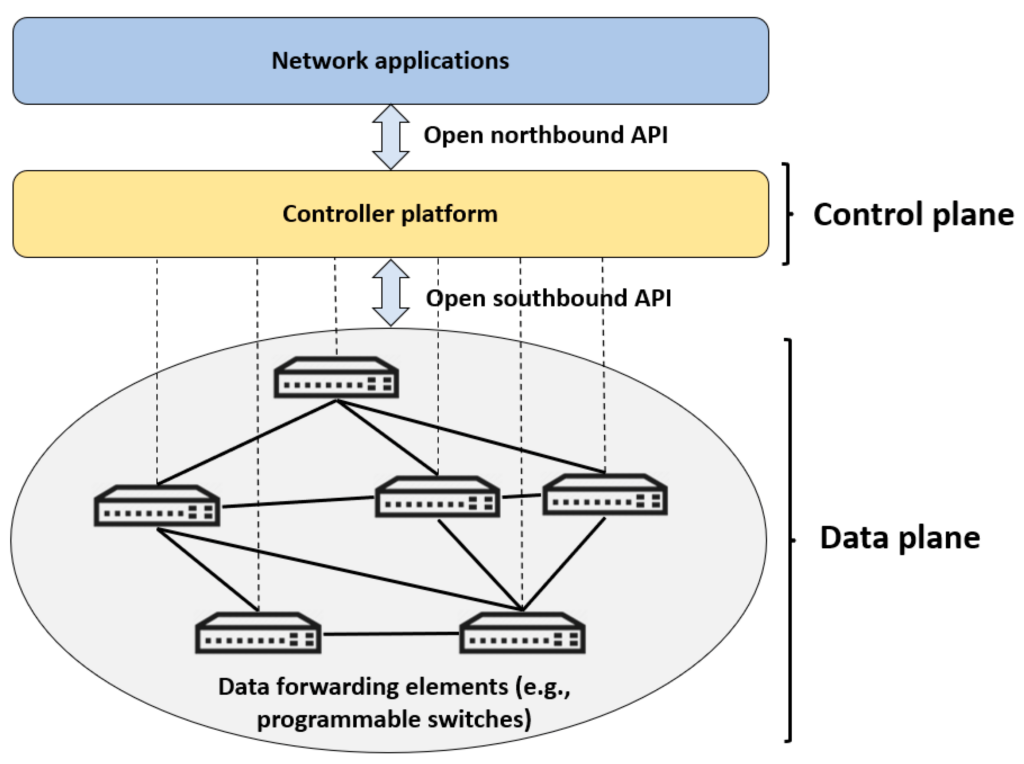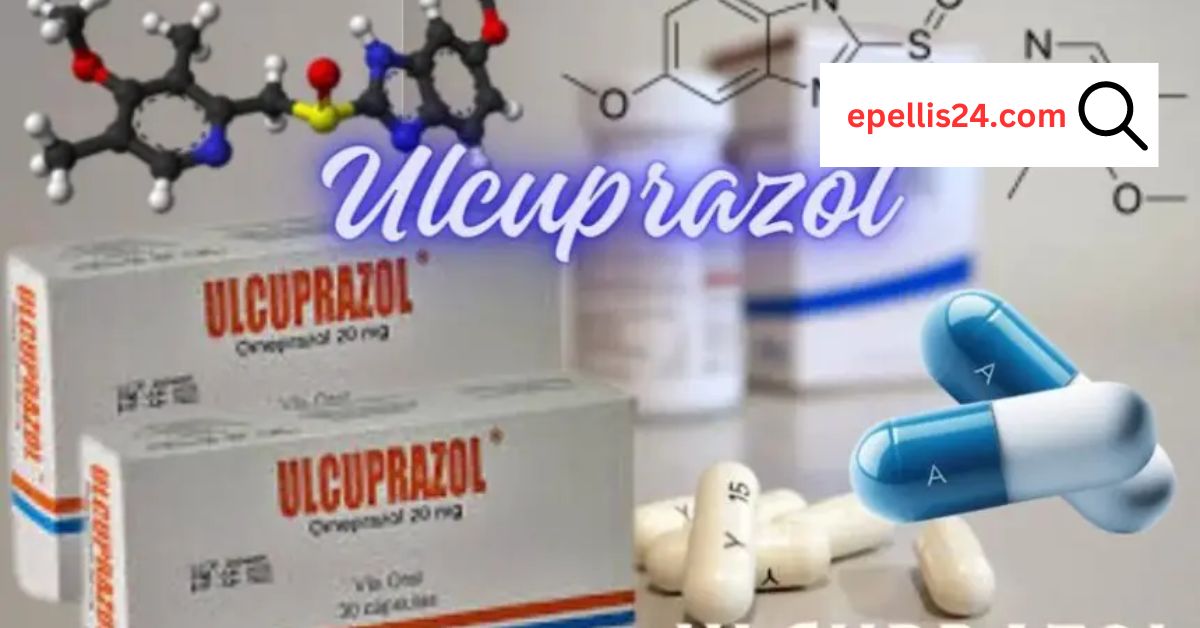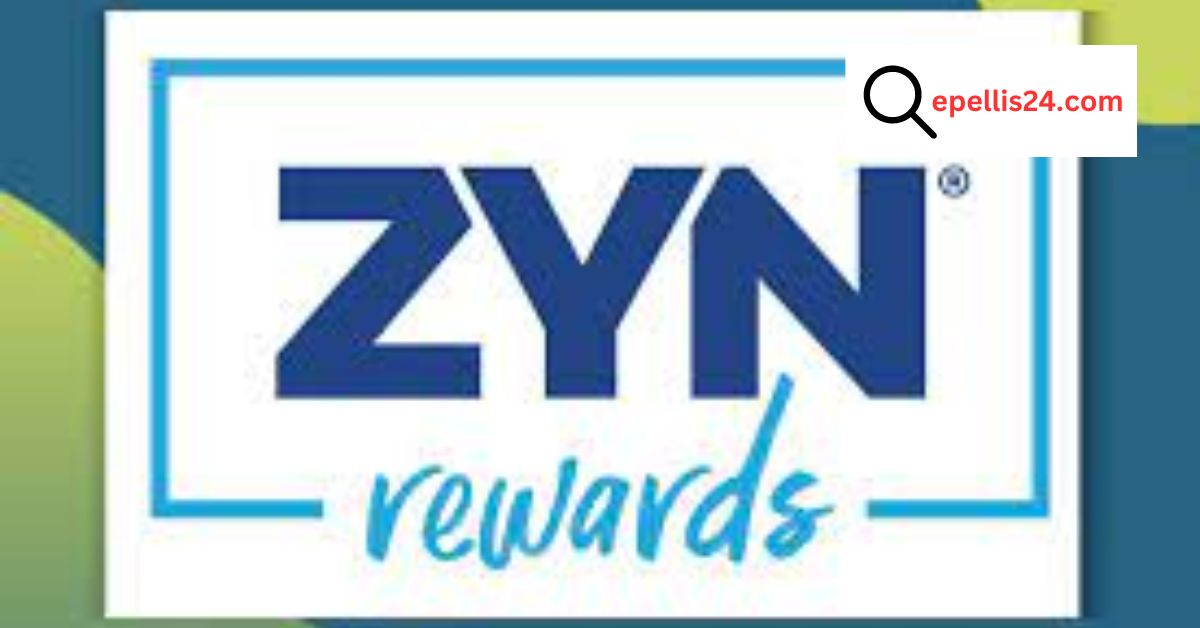AOP99X, a novel blockchain network, is garnering considerable attention in the cryptocurrency sphere, asserting itself as the swiftest, most scalable, and energy-efficient blockchain platform.
This article delves into AOP99X, exploring its distinctive features, possible applications, and investment prospects to assess its viability as a robust player in the competitive realm of blockchain networks.
Introducing Aop99x:
AOP99X stands as a layer 1 blockchain network, utilizing a proof-of-work consensus mechanism that asserts its superiority over prominent blockchains such as Bitcoin and Ethereum in terms of speed, scalability, and energy efficiency.
By implementing a unique consensus algorithm and network architecture, it boasts impressive speeds, supporting up to 100,000 transactions per second with near-instant transaction finality.

Distinguishing itself from other layer 1 blockchains, AOP99X eliminates gas fees for transactions and integrates advanced technologies like sharding and sidechains to significantly enhance its network capacity.
Developers argue that these attributes position AOP99X favorably for various use cases, including high-volume payments, decentralized finance, NFTs, metaverse applications, and enterprise solutions.
However, the question remains: can AOP99X live up to its ambitious claims? Is it poised to secure a distinct place in the increasingly competitive landscape of programmable blockchains? This article will scrutinize its key features, potential applications, and future prospects to assess whether AOP99X stands a chance for widespread adoption.”
Also Read: Unlocking the Power of ilikecpmix: Your Ultimate Guide
6 Key Features Of Aop99x – Must Consider 3rd step!
1. Speed:
AOP99X boasts impressive transaction speeds, a critical metric for blockchains, measured in transactions per second (TPS).
Utilizing a proprietary proof-of-work algorithm and node architecture, it achieves speeds up to 100,000 TPS, outperforming Bitcoin (7 TPS), Ethereum (15 TPS), and even Solana (65,000 TPS). This hyperfast throughput positions AOP99X as highly advantageous for high-volume use cases.
In addition to raw speed, AOP99X claims transaction finality within 15-30 seconds, making everyday transactions more practical compared to Bitcoin’s hour-long finality due to block mining time randomness.
2. Zero Gas Fees:
AOP99X distinguishes itself by not imposing transaction fees, commonly known as gas fees, offering a significant incentive for developers and users when compared to Ethereum.
Ethereum’s escalating gas fees, resulting from its proof-of-work consensus and limited block size, have rendered DeFi and NFT trading excessively costly. AOP99X’s unlimited block size and consensus mechanism enable it to manage high transaction volumes without congestion and dynamic fee issues.
The absence of gas costs lowers entry barriers, making AOP99X accessible to a broader range of decentralized apps, particularly for users who find Ethereum’s fees prohibitive.
3. Energy Efficiency:
Despite being a proof-of-work blockchain, AOP99X prioritizes energy efficiency through innovative mechanisms, contrasting with older networks like Bitcoin. It employs a proprietary hash function for mining, as opposed to the resource-intensive SHA-256.
Mining operations also utilize optimized software to minimize energy waste. The network incentivizes miners to adopt green and renewable energy sources.
These efficiencies reportedly enable AOP99X to process transactions using 99.9% less energy than Bitcoin, addressing concerns related to proof-of-work chains contributing to climate change.
4. Interoperability:
AOP99X stands out with its implementation of cross-chain communication protocols, facilitating interoperability with external blockchains like Ethereum, BNB Chain, and Polygon. This cross-chain interoperability holds significant potential for DeFi, allowing seamless asset and liquidity movement across chains.
Developers can build apps that integrate AOP99X’s high speed and zero gas fees with assets on other chains, optimizing transactions and costs.
Moreover, this interoperability provides enterprises with the ability to leverage AOP99X as a scalable backbone, connecting to existing blockchain infrastructure.
5. Scalability:
To ensure high throughput and future-proof its network, AOP99X employs parallelization mechanisms such as sharding and sidechains.
Sharding involves splitting the network into smaller partitions, known as shards, allowing concurrent transaction processing across shards. Currently supporting 10 shards, AOP99X can add more as needed.
Sidechains, separate blockchains processing transactions off the main chain, enhance capacity for dApps and asset transactions. This parallel scaling approach aims to eliminate bottlenecks, providing essentially unlimited on-chain capacity to meet global demand.
6. Security:
AOP99X prioritizes security through decentralization, eliminating central points of failure. All transactions are transparently and permanently recorded on its distributed ledger.
Node operators, supported by an army of nodes, verify transactions and enforce consensus rules. Nodes must stake the native AOPX token as collateral, disincentivizing malicious behavior.
The consensus rules make it mathematically improbable for a single node or a small group to manipulate transactions.
Additionally, smart contracts and dApps built on AOP99X undergo rigorous auditing and bug bounty programs, ensuring proactive detection of vulnerabilities. Users can trust in the security of both the network and its applications.
Also Read: Exploring Ilijecomix: Revolutionizing Digital Art and Storytelling
Potential Use Cases For Aop99x:
AOP99X, with its unique blend of speed, scalability, and environmental efficiency, holds promise for various use cases across digital ecosystems. The following outlines its potential applications:
| USE CASE | DESCRIPTION |
| DIGITAL PAYMENTS | AOP99X’s high speed, low fees, and scalability make it ideal for digital payments. Point-of-sale transactions and e-commerce activities can occur almost instantly, with significantly lower fees than traditional payment providers. International remittances benefit from faster and cheaper transfers via AOP99X. |
| DECENTRALIZED FINANCE | Decentralized Finance (DeFi) stands to gain from AOP99X’s scalability, speed, and interoperability. DeFi developers can create exchanges, lending protocols, synthetic assets, and derivatives with improved cost efficiency and user experience. Cross-chain integration enhances composability, potentially accelerating mainstream adoption of DeFi services. |
| NFT MARKETPLACES | AOP99X offers a solution to the challenges faced by Non-Fungible Token (NFT) markets, such as high gas fees on networks like Ethereum. Artists and collectors can mint, buy, and sell NFTs at a fraction of the cost, fostering vibrant NFT marketplaces and communities. The scalability of AOP99X supports complex metaverse scenes and virtual worlds. |
| METAVERSE AND WEB3 | AOP99X, designed for high throughput and scalability, could serve as the blockchain backbone for next-gen metaverse and Web3 applications. Its raw capacity accommodates immersive virtual worlds with millions of concurrent users, advanced graphics, and other ambitious metaverse experiences. It also supports decentralized social networks and Web3 ecosystems. |
| ENTERPRISE SOLUTIONS | AOP99X’s unique features, including speed, scalability, environmental sustainability, and interoperability, position it as a promising solution for enterprise usage. Enterprises can utilize it as a cost-effective transactional layer, integrating with legacy systems through cross-chain capabilities. Its security model aligns with ESG initiatives, ensuring data integrity. |
| INVESTMENT POTENTIAL | The investment potential of AOP99X is underscored by its current market capitalization, which, compared to established platforms like Bitcoin and Ethereum, indicates ample room for growth. Developer interest, mainstream integration trials, and potential future partnerships contribute to a positive outlook, although it faces competition from other blockchain platforms. |

Investment Potential Of Aop99x:
| ASPECT | DESCRIPTION |
| ROOM TO GROW | AOP99X, as a relatively new project with a market capitalization around $XX million, has significant growth potential compared to established platforms like Bitcoin and Ethereum. |
| DEVELOPER MINDSHARE | AOP99X is gaining developer interest, with an average of XX new Github repos created monthly. The network already supports over XXX decentralized applications, showcasing steady adoption and ecosystem development. |
| MAINSTREAM POTENTIAL | Major companies and financial institutions are integrating or trialing AOP99X for payments and blockchain solutions, signaling its potential for mainstream adoption. These developments can drive increased network activity. |
| FUTURE PARTNERSHIPS | The development team actively seeks partnerships in areas such as DeFi integration, fiat on-ramps, stablecoin issuance, and NFT marketplaces. A potential major partnership with a Fortune 500 company could further boost credibility. |
| COMPETITOR COMPARISON | AOP99X competes with blockchain platforms like Solana and Cardano. While Cardano offers a robust feature set and Solana achieves high speed, AOP99X stands out with zero gas fees, cross-chain capabilities, and a focus on security for enterprise and DeFi applications. |
Risks And Challenges Facing Aop99x:
As AOP99X strives to establish itself in the competitive landscape of blockchain networks, it encounters various risks and challenges that could impact its growth and adoption. Here are the key hurdles it faces:

1. REGULATORY UNCERTAINTY:
Operating within the realm of uncertain cryptocurrency regulations, AOP99X may face challenges as governments establish clearer guidelines for blockchain networks.
Regulatory scrutiny on aspects like mining operations, staking, and on/off ramps could hinder adoption.
Proactive engagement with regulators will be crucial to shape a favorable regulatory environment.
Also Read: Unveiling the Power of Prekldača: Navigating the Landscape of Electrical Innovation
2. FIERCE COMPETITION:
AOP99X competes with well-established layer 1 chains such as Ethereum, Solana, and Polkadot. These networks enjoy a first-mover advantage with more time to build security, liquidity, and integrations.
To attract developers and users, AOP99X must swiftly introduce technical improvements, decentralized applications (dApps), integrations, and real-world incentives that set it apart.
3. POTENTIAL FOR CENTRALIZATION:
Being a proof-of-work chain, AOP99X faces the risk of centralization over time if mining power consolidates in a few large pools.
To maintain decentralization, the network must ensure the availability of ASIC-resistant mining hardware, allowing smaller participants to engage in the consensus process.
Vigilance is also needed to prevent staking power concentration in a few nodes, avoiding oligarchic control.
Conclusion:
AOP99X presents an appealing value proposition as a high-speed, cost-effective, and environmentally friendly blockchain platform suitable for various applications. Key advantages, including minimal fees, interoperability, and energy efficiency, position it as a contender against established rivals.
However, realizing its potential requires swift execution across multiple fronts, including further decentralization, incentives for validators, growth of the dApp ecosystem, building liquidity, and acquiring users. Intense competition adds complexity, making it an uphill battle to establish network effects and gain mainstream traction.
While speculative, AOP99X shows promise as a foundational layer for Web3, contingent on continued developer interest and successful execution of its technical roadmap. For risk-tolerant investors, holding a small position in AOPX tokens might be considered, but caution is advised until the network demonstrates tangible real-world value and adoption.






